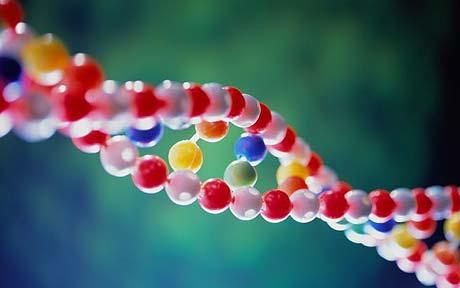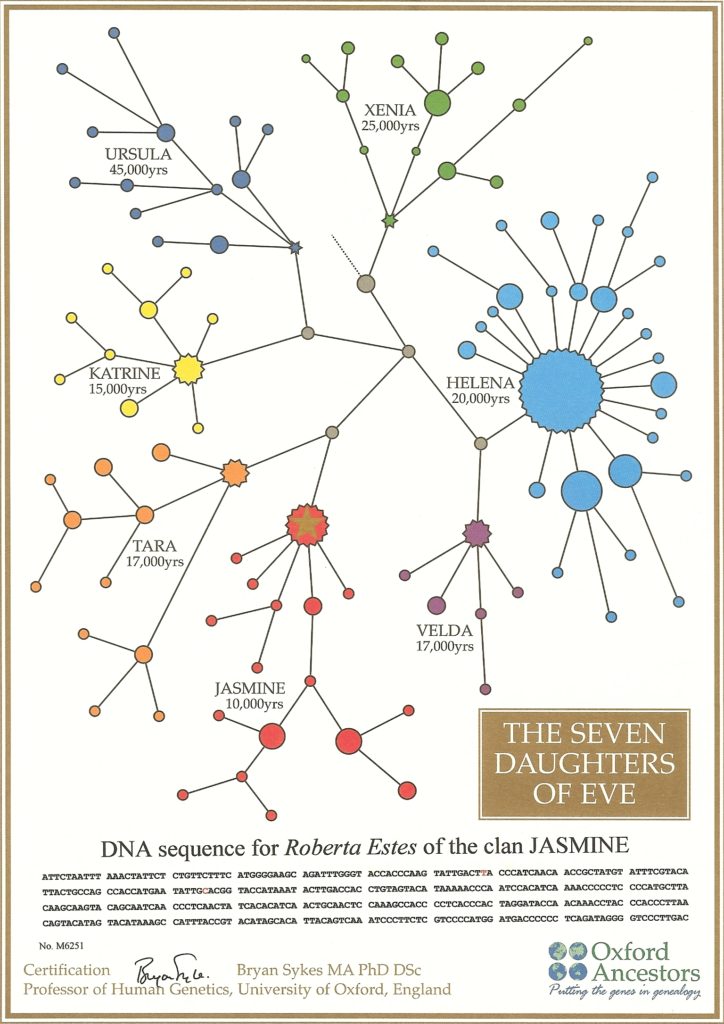 Bryan Sykes’ research into the origins of modern Europeans relies almost entirely on the inheritance patterns of mitochondrial DNA. Going to great lengths in order to be clear and thorough, Sykes spends much of the first half of his book detailing how and why mitochondrial DNA proved to be the saving grace of his research.
Bryan Sykes’ research into the origins of modern Europeans relies almost entirely on the inheritance patterns of mitochondrial DNA. Going to great lengths in order to be clear and thorough, Sykes spends much of the first half of his book detailing how and why mitochondrial DNA proved to be the saving grace of his research.
In the early years of his research, in “one of those rare moments when an idea suddenly arrives from the recesses of the mind,” Sykes remembered that he had once read that all of the pet golden hamsters in the world were descendents of only one female (57). Sykes also knew that, unlike nuclear DNA, which is inherited from both parents and undergoes all sorts of mixing, mitochondrial DNA is inherited solely from the mother. This would mean, he concluded, that if he were to theoretically test hundreds of pet hamsters, they would, save for perhaps a single mutation here and there, have identical mitochondrial DNA sequences.
Thus, Sykes set out to examine the control regions (relatively stable regions of DNA) of hundreds of different pet hamsters, hoping to see little to no variation among them. Sure enough, the control region of the mitochondrial DNA remained completely stable—”from that very first hamster captured in the Syrian desert to its millions of great-great-great…great-grandchildren from every corner of the world, the control region DNA had been copied absolutely faithfully with not even a single mistake” (61-62).
Considering that Sykes’ ultimate goal was to examine the genetic lineage of over 150,000 years of human evolution, the mitochondrial control region offered the perfect model through which he could do exactly this!
It was using this method that Sykes uncovered the origin of the Polynesian people back to Asia rather than South America and ultimately, the ancestors of modern Europeans.

